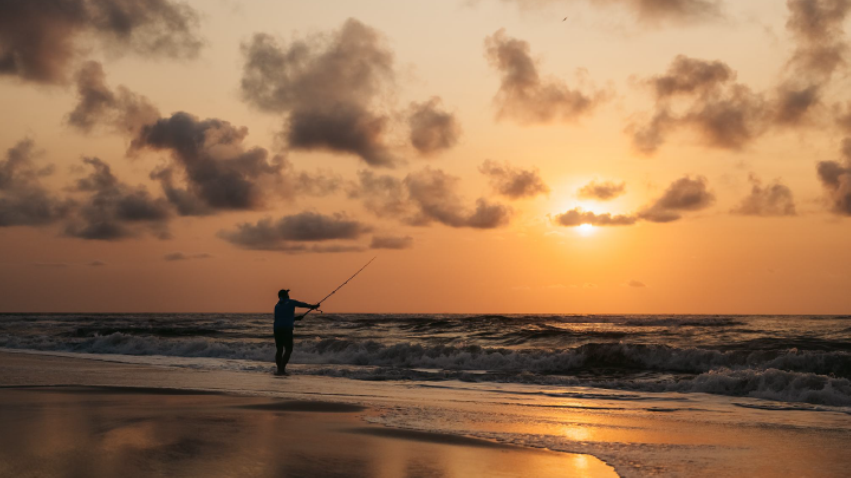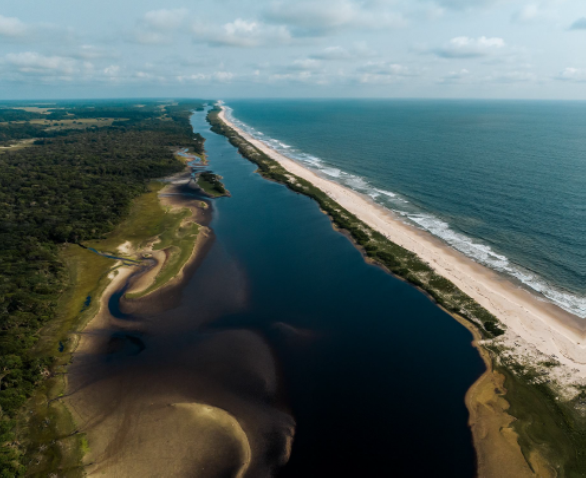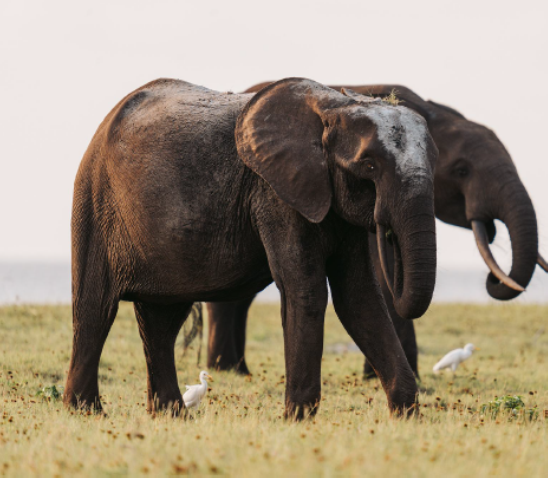GABON
Imagine a place where the ancient rhythms of equatorial Africa persist in their most untouched form—a realm lost in time, where the vivid clarity of the past comes alive.
This dreamlike destination is none other than Loango National Park. It is a haven for wildlife, offering a chance to witness elephants strolling on the beach and hippos frolicking in the surf. Gabon has made significant strides in conservation. The government has designated more than 10% of its marine territory as marine protected areas, aiming to safeguard its rich marine life.


For avid nature enthusiasts, Gabon is a well-kept secret — a rare and exotic tropical gem on the African continent. Despite its allure, tourism in Gabon remains relatively undeveloped.
Approximately 70% of Gabon’s landmass is covered by dense, pristine rainforests. These forests are part of the Congo Basin, the
second-largest rainforest in the world. A predominantly wild and unspoiled coastline, and teeming inland and coastal waters hosting a variety of fish, reptiles, and marine mammals, Gabon stands as a unique and untamed paradise. In Gabon, anglers experience a
one-of-a-kind thrill, chasing fish over 100 kg barefoot on the beach, particularly during sunset and overnight.


Fishing conditions are as variable as the weather, tides, and the changing shape of the estuary, providing a challenge for those seeking real trophy catches. While fishing may demand some physical fitness and skill with long rods in the surf, it transforms the act into an absolute highlight for any angler — making Gabon from this point of view an unparalleled destination. Loango National Park, in particular, is renowned for its Tarpons, offering an extraordinary challenge and a chance to claim world-class trophies for those in pursuit of the ultimate catch.
Threadfin, Jack, Cubera, Tarpon, Kob, and Barracuda are among the most common catches in these pristine waters.
The fishing season unfolds from October to April, with the peak time for the big Tarpon occurring from mid-November to the end of January. While Tarpons are present year-round, statistically, these two months witness the highest encounters, creating an ideal window for anglers to immerse themselves in this extraordinary experience.

